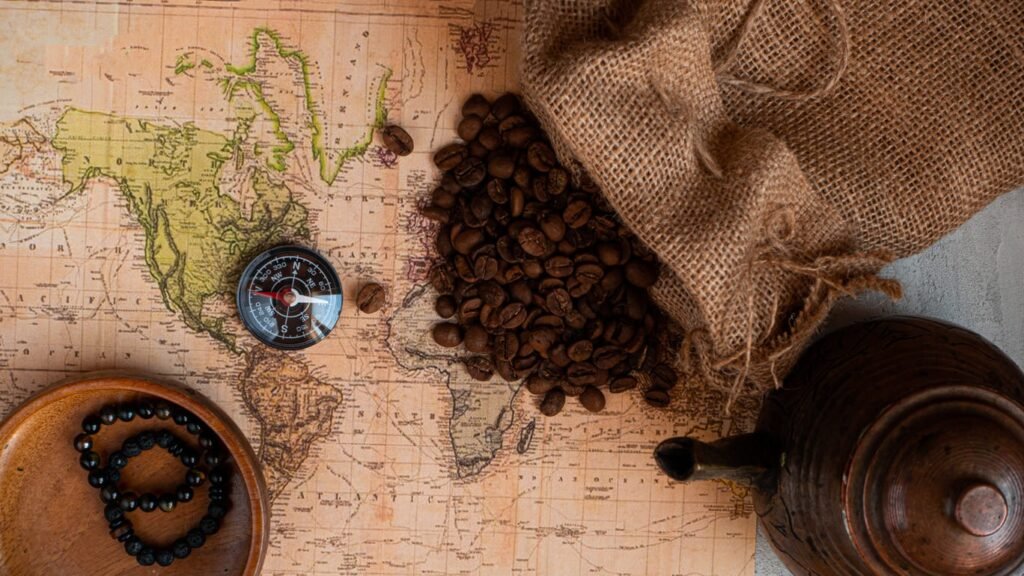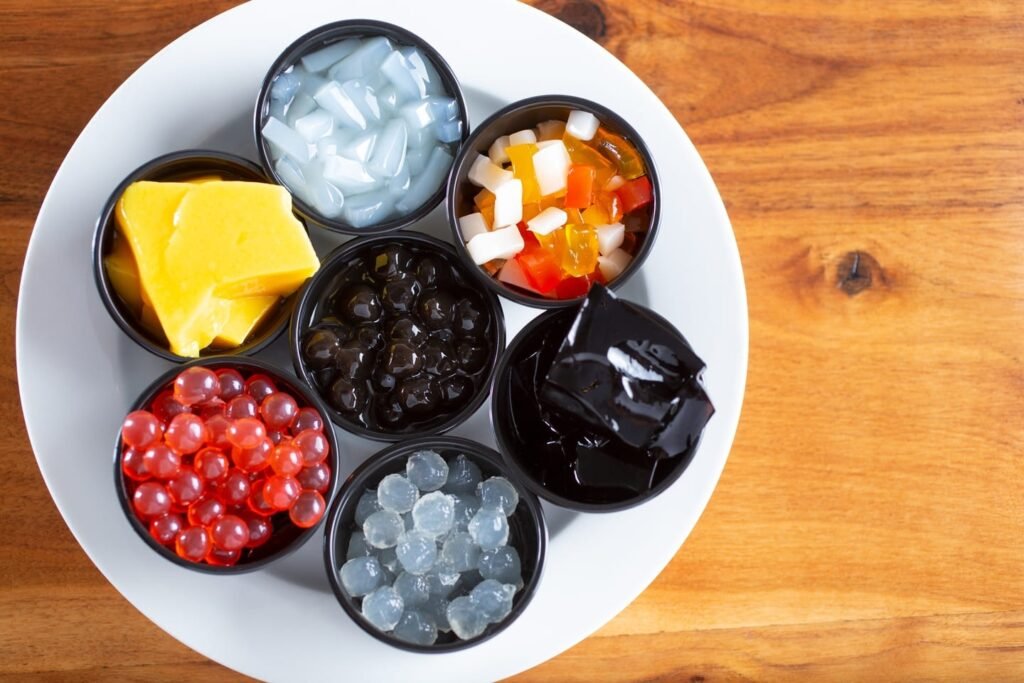
An espresso machine is a sophisticated piece of machinery that relies on multiple pieces to generate a good shot of espresso. Since their introduction in the early twentieth century, espresso machines have come a long way. Angelo Moriondo filed the first patent for an espresso machine in 1884, but it wasn’t until 1901 that Luigi Bezzera constructed the first genuine espresso machine.
These early machines were huge and unwieldy, and their operation demanded a high level of competence. They did, however, pave the way for the creation of more advanced and user-friendly computers in the decades since.
The advent of the semi-automatic machine in the 1940s was a pivotal moment in the history of espresso machines. The operator of this sort of equipment could manage the amount of water running through the coffee, making it easier to make a consistent shot of espresso.
Fully automatic devices were created in the 1960s and 1970s, eliminating the need for the operator to manually control the water flow. These machines also had built-in grinders, making the process of creating espresso much easier.
Espresso machines are now an essential tool for any café or coffee shop. They enable the efficient creation of high-quality espresso drinks that may be tailored to the requirements of each individual consumer. Furthermore, automation of the brewing process results in a more consistent product, which might help to boost customer satisfaction.
The history of espresso machines has seen a constant evolution from big and difficult-to-use machines to today’s modern, user-friendly, and efficient devices. They have become an essential instrument for the coffee industry, allowing for the more efficient production of high-quality espresso drinks. Now we look at the basic parts of an espresso machine and their functions.
Group Head.
The group head is the component of the machine where the coffee is brewed into the portafilter, as well as where the water is dispensed from the boiler, passed through the coffee, and poured into the cup. To ensure good extraction and a consistent shot of espresso, keep the group head clean.
Boiler.
The boiler is the machine component that boils the water to the proper temperature for brewing. The majority of espresso machines have either a single or double boiler setup. A single boiler machine simultaneously warms water for brewing and steaming, but a double boiler machine features separate boilers for brewing and steaming, allowing for more exact temperature control.
Portafilter.
The portafilter is the handle that holds the coffee filter and connects to the group head. It is typically made of metal and may be modified to accommodate various sizes of coffee filters. To ensure that the coffee is extracted effectively, the portafilter should be cleaned and maintained on a regular basis.
Dosing.
The dosing system is the equipment that regulates the amount of coffee delivered into the portafilter. Most espresso machines have an adjustable dosing system that allows you to regulate the strength and flavor of your espresso.
Tamper.
Before brewing, the tamper is used to compress the coffee in the portafilter. This ensures that the coffee is securely packed and that the water is equally dispersed throughout the coffee, resulting in a consistent shot of espresso.
Water Tank.
The water tank is where your espresso’s water is stored. It is normally found at the back of the machine and is simple to refill. The water tank should be cleaned on a regular basis to guarantee that there are no contaminants in the water that could damage the taste of your espresso.
Steam Wand.
The steam wand is the component of the machine used to froth milk for lattes and cappuccinos. It is normally positioned on the machine’s side and should be cleaned on a regular basis to ensure that the milk is properly frothed and that no milk residue accumulates.
Pressure Gauge.
The pressure gauge is a device that measures the pressure of water as it is passed through the coffee. The pressure should be between 9 and 10 atmospheres, which is critical for making a nice shot of espresso.
Some machines include a display panel that displays the temperature, pressure, and other variables.
Understanding the various pieces of an espresso machine and their functions is critical for appropriate maintenance and operation.
See TOP Creamery’s lineup of Beverage and Ice Cream Business Training Programs for coffees, milk teas, soft-serve ice cream, frappes, fruit teas, yogurt-based drinks, and other specialty beverages. TOP Creamery’s diverse offerings of Milk Tea Business Packages, extensively researched from the world’s bestselling milk tea bars, according to the different themes, concepts, and business requirements. Our lineup of coffee/cafe business supplies.



















